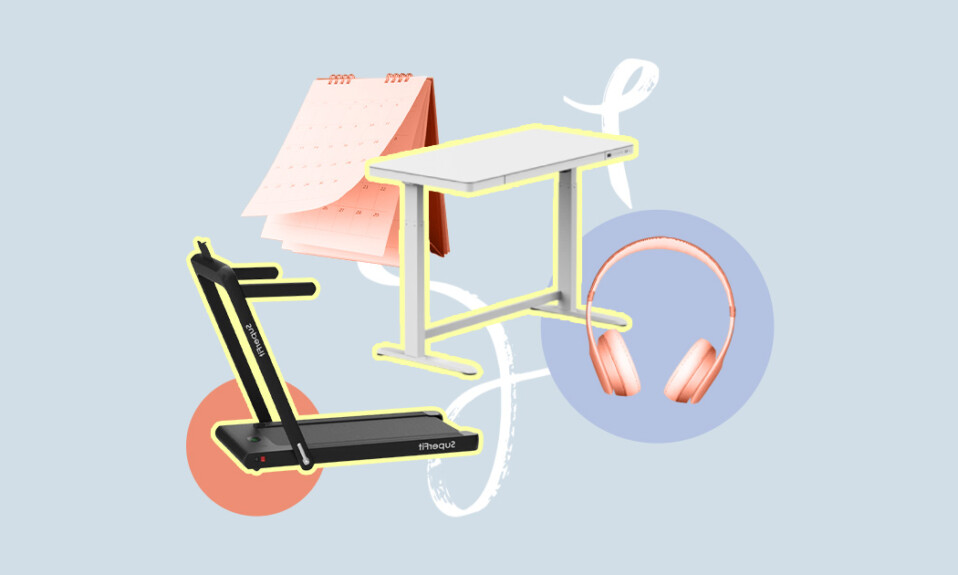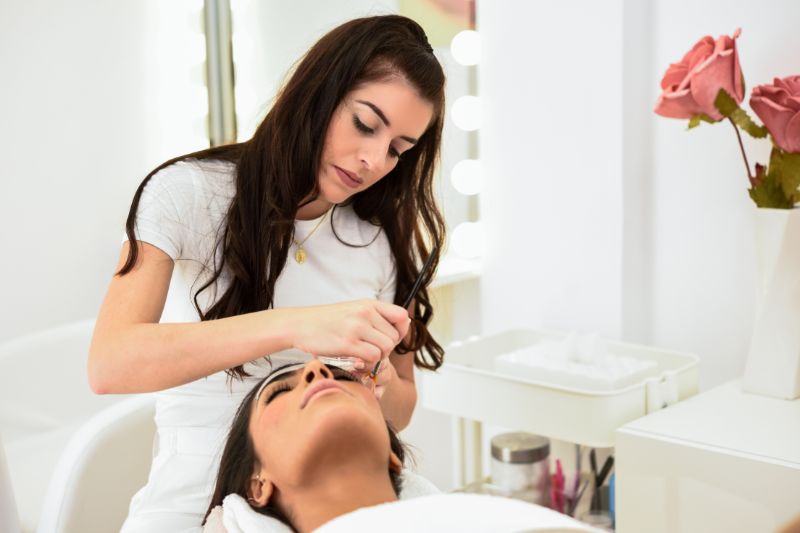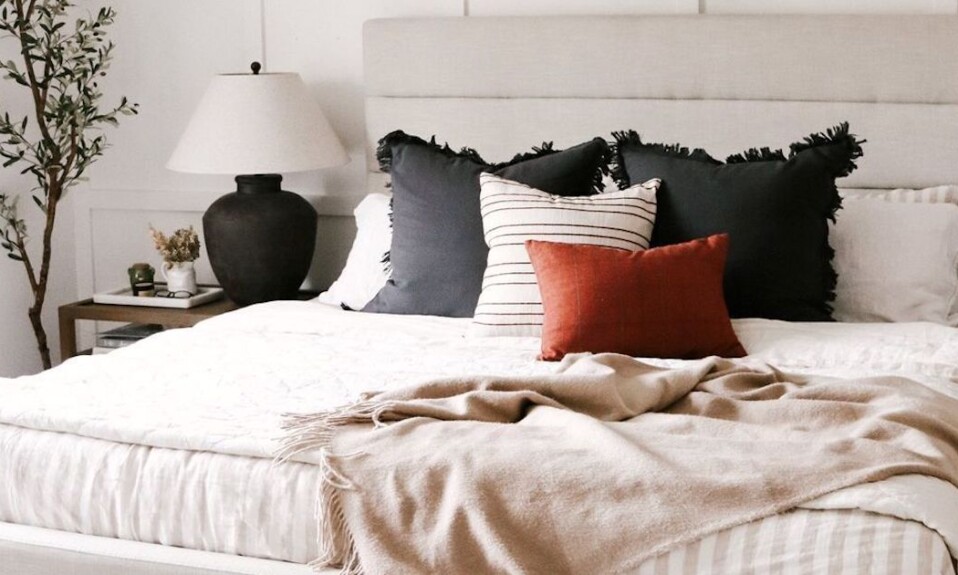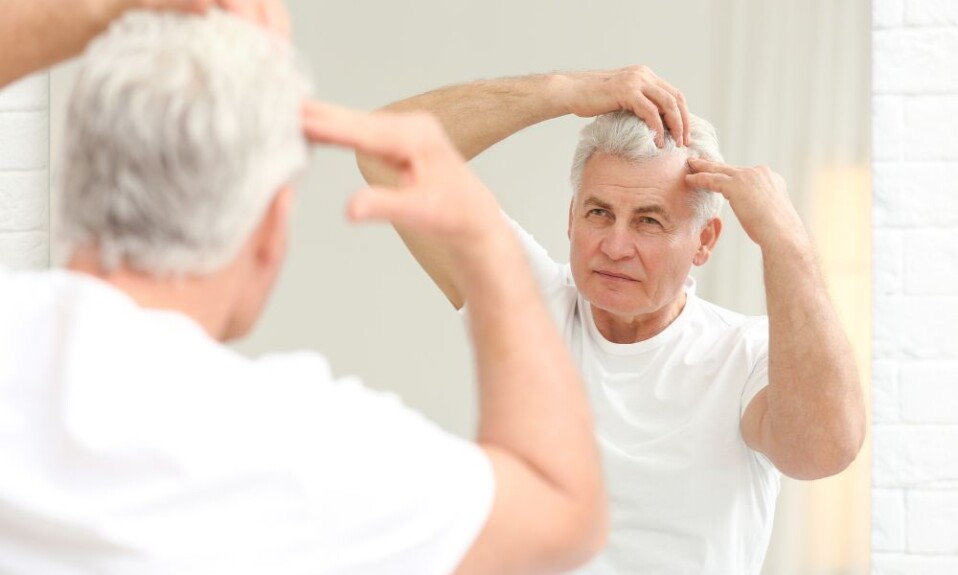
I used to get 10,000 steps in a day without sparing half a thought. Between walking my dogs in the morning, taking a walk break during the work day, going to a workout class after work, and just generally being out and about during the week, my legs were busy. Then, as is the cause of most life changes in the last two years, COVID hit. I was suddenly confined to a 900-square-foot apartment, and the longest walk I took was from my bed to the kitchen and back. That easy 10,000 steps became a sad 2,000 or, on a good day, 3,000.
Soon, that eight-week work-from-home period turned into a forever kind of situation. Don’t get me wrong: I absolutely love working from home. I am more productive, comfortable, and all-around happier than I ever was in an office. The only thing wrong was the drastic dive in my daily activity level. Before long, my up-and-at-’em lifestyle turned into a tired, sluggish one. My body really felt the difference. I lost flexibility, strength, and mobility. I started feeling a lot older than I actually was. When I finally decided to do something about it, TikTok had an answer (because, of course, it did). Enter: the standing desk and under desk treadmill combo that quite literally revolutionized my WFH life.
@hauskris
Didn’t even walk half the work day and got in soooo many miles!! #walkingpad #treadmilldesk #standingdesk #wfh #wfhlife #wfhhacks #productivity #treadmill #workfromhome
original sound – Kristen
The moment I searched “under desk treadmill” on Amazon, I started seeing tons of TikToks like the one above. (The algorithm truly freaks me out). Here were all these women strutting through their workdays. I wanted to be just like them. After convincing my husband that the equipment investment would 100% be worth it—and not just sit unused in the corner of our office—I hit “add to cart.” But full disclosure: While I thought I would be just like those women on TikTok, once I got the treadmill in my possession, I was wrong. I didn’t start racking up steps. Instead, I slowly added walking at my desk into my routine as much as possible. And I saw my body and productivity reap the benefits of just a smidge more activity each day. We all gotta start somewhere, right?
So if you, like me, love working from home but also need to be a bit more active, the walking pad won’t make you that girl overnight. But, it will absolutely help. Need proof? Here’s how one month of using an under-desk treadmill improved my health—mentally and physically—and my performance and productivity at work.
My Setup

Don’t get me wrong. I love an aesthetic, beautiful home office as much as the next person. But if you’re going to dive fully into an ergonomic lifestyle (and trust me, your body will thank you if you do), you have to sacrifice a bit of style. However, I love pretty things way too much to completely ruin my home office vibe. So, I searched high and low for the perfect desk and walking pad for my office. Here’s what I landed on:

FlexiSpot
Comhar All-in-One Standing Desk
I love how sleek and unassuming this desk is. Plus, it packs so much utility in a small frame that I don’t know if I’ll ever be able to live without it. The programmable height settings, USB charging ports, and storage drawer are a big step up in functionality from my old desk.
2 colors available

Goplus
2 in 1 Folding Treadmill
I can’t lie. This treadmill is pretty big and hard to put out of sight. But the point isn’t to look pretty here. It’s to help you sneak more movement into your days. This option comes in a ton of colors to fit your aesthetic and is a relatively affordable option compared to others in the market. I haven’t looked back once since I ordered it.
7 colors available

Fitbit
Versa 3
I put a Fitbit on for the first time in 2018 and haven’t been caught without one since. I love seeing and tracking the data from my different workouts—like steps, calories, and heart rate zones. It helps me tangibly work towards my workout goals and keep me on track. Bonus: Because I’ve been using a Fitbit for so long, I can really see just how far I’ve come in terms of my overall fitness, which is a huge boost whenever I feel stuck in a rut.
Week 1

I went all in on day one and walked nonstop for a full hour. It was so easy to fit it in during a meeting that I was mostly listening to rather than leading. However, that was the only day I went as hard as I did. For the rest of the week, I walked for about 30-40 minutes during meetings each day. But to my surprise, that still brought in a ton of extra steps I wasn’t getting before. Even better, walking made those meetings absolutely fly by. I was more energized throughout the day. (Take that, midday slumps.) I just felt good by being slightly more active. Hate to break it to you all, but it turns out moving your body does make you feel better.
This week had a minor setback on Thursday, though. I had a migraine and couldn’t bring myself to stand up for too long, let alone go on a walk. I set out at the beginning of the week to dive in and walk every single day. (Heck, I thought I’d get at least 15,000 steps each day). In retrospect, that was a tad ambitious. But this first week served as a reminder of two crucial things: It takes time to build a habit, and I need to give myself grace.
Week 2

After watching more and more people share how they used their walking pad at home on TikTok, I decided to make one key change to my routine: I’d wear my Fitbit on my ankle rather than my wrist to track my steps more accurately. This was especially important because I found that my Fitbit tracked absolutely nothing while typing and using my mouse. And what’s the point of it all if I can’t see how great I’m doing? My husband wisely pointed out that even if my Fitbit didn’t count the steps, my body did. But I can’t help but love it when my Fitbit lights up and tells me, “Good job!” after reaching my daily goal. It makes me feel accomplished. Luckily, the Fitbit on the ankle hack works wonders—even if it looks a bit ridiculous.
While that’s one problem solved, another presented itself this week. Turns out, walking and working at the same time is a lot easier said than done. I got the hang of typing and walking easily enough, but using a mouse was damn near impossible. Any tasks that involved a lot of clicking around (I’m looking at you, Excel) became sitting tasks, once and for all.
That said, walking while reading articles or writing stories or emails made those tasks, like meetings, fly right on by. I also found myself more focused on the task at hand. Something about having to walk and work at the same time made my brain extra attentive to what was happening in front of me. So far, this was a winning experience all around.
Week 3

By this point, I had fully conquered the learning curve that came with my new setup. I actually looked forward to walking each day. I reserved my walking periods for meetings or tasks that didn’t require a ton of computer work, like reading story submissions or going through emails. Because I structure my day around the different types of tasks I do (task-blocking, if you will), adding walks into my day was super easy. I reserved my walking for around midday when I felt the slump creeping in.
Rather than wallow at my desk and watch time slowly tick by, changing from sitting to standing and walking brought me out of my funk immediately. It gave me a boost of energy. Before I knew it, that period of work was over (with time to spare, I might add), and all that was left of the day were the administrative tasks I always save for the last hour or so of work.
As for my body, by this point, I was no longer getting winded after 30 or more minutes of walking. I felt more mobile and healthier than I had in a really long time—and all it took was a minor routine change.
Week 4

By week four, walking was as much a part of my routine as letting my dogs out in the yard each morning. It was what I did as soon as the clock struck 11 a.m. On Wednesday this week, however, I simply wasn’t up for it. Rather than beat myself up over it, I remembered what I learned way back in week one: It’s OK to give myself a day off. It might just be what my body needs that day.
Speaking of my body, the changes in it had more to do with how I felt rather than how I looked. I’m more flexible, less tense, and my mind feels clear. Plus, my work is better for it. And that was the biggest surprise of all.
I knew walking like this would do wonders for my health, but I was not expecting my productivity to skyrocket the way it did. I consider myself very productive even on a bad day, but walking during certain tasks made them go by so much faster. While I may not walk every single day moving forward, I’m so glad I invested in this equipment. Getting movement in my day has never been easier. It’s the perfect addition to my regular workout routine. Consider this a 10/10 experience and something I think everyone who works from home should try.
 Experts Say To Prioritize This Workout Over Anything Else
Experts Say To Prioritize This Workout Over Anything Else












